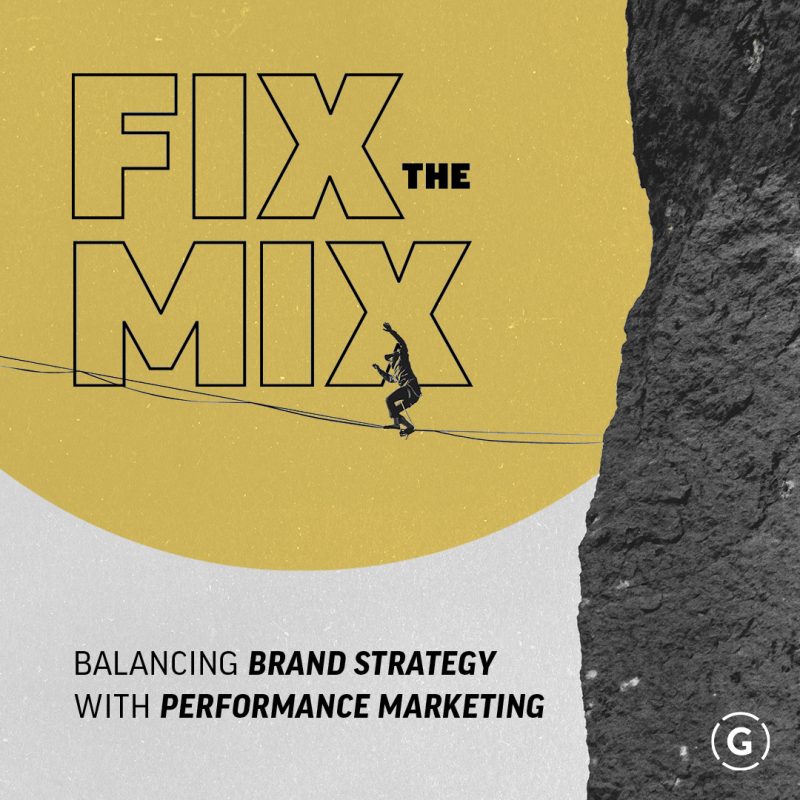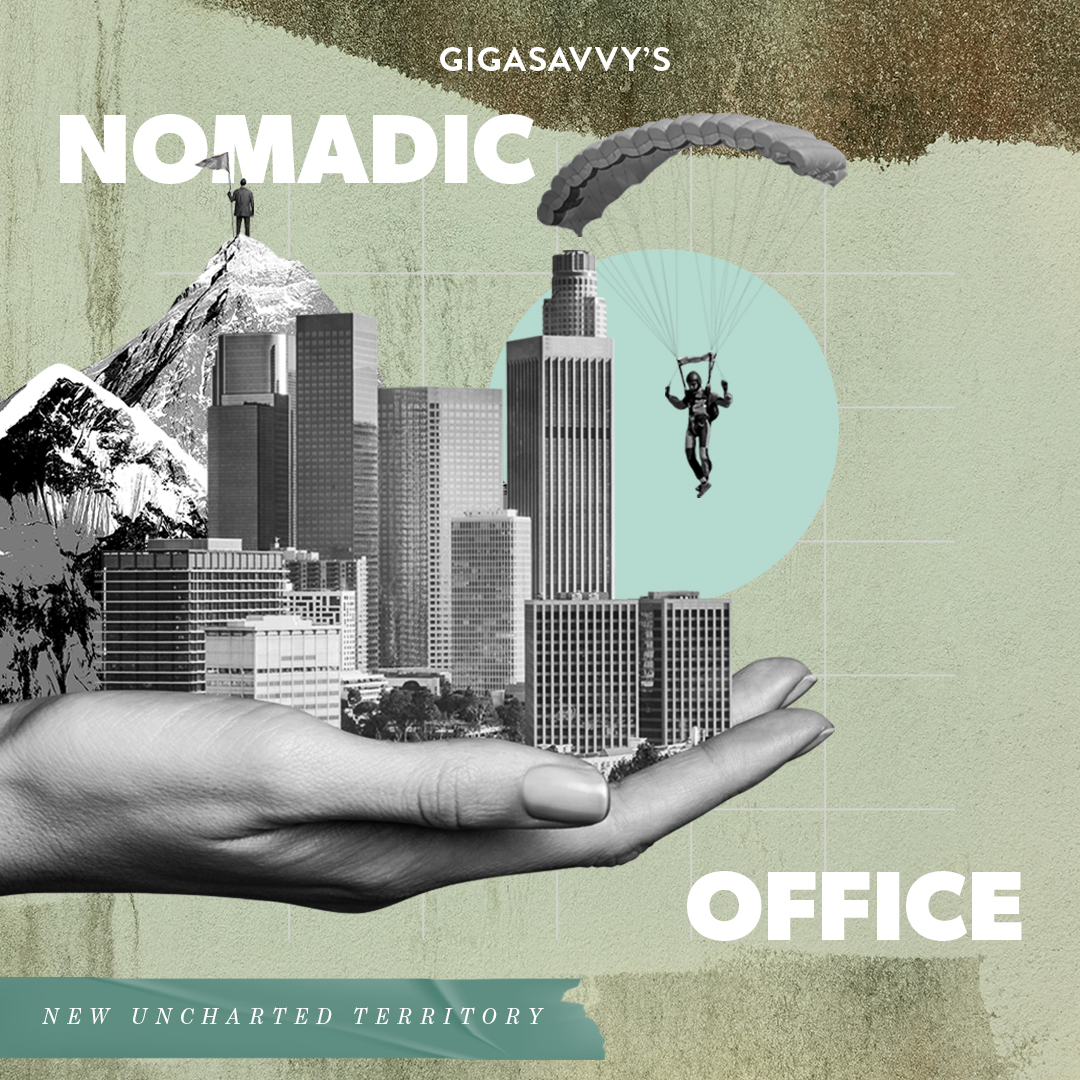The nearly instantaneous, detailed, measurable results that we can glean from performance marketing brings to life a modern version of the famous Dickens quote, “It was the best of times, it was the worst of times, it was the age of wisdom, it was the age of foolishness.”
The data afforded by performance marketing is seductive, and makes us feel as if we are being imbued with infinite wisdom about our customers. It is easy to be tempted to divert nearly all marketing funds away from more difficult-to-measure brand marketing tactics, but that would be foolish. While we could benefit from such an approach in the short term, long term success requires a very disciplined, balanced approach to performance marketing tactics and brand marketing.
This is easier said than done. While 85% of marketers intuitively understand this in principle, only about half believe they have achieved it. To understand how to achieve the right balance, we must review the benefits and limitations of performance marketing and brand strategy.
Benefits of Brand Strategy and Brand Marketing
Research has proven time and again that the products offered by strong brands are able to command at least a 26% premium over competing brands of the same quality. Over time, a consistently messaged brand strategy helps to build recognition and recall among consumers. This continual exposure to brand marketing helps to build a sense of familiarity, trust and confidence that can even go so far as to mimic a relationship.
Just think of all of the jingles or brand ambassadors you can recall. Whether “Nationwide is on your side,” you work in a cubicle alongside the Geico gecko, or you “Bundle and Save” with Flo from Progressive, you probably have built up a sense of trust, and have gotten the feeling that all of these brands can deliver insurance services you can rely on in times of need. When you are ready to shop for insurance again, whether you’ve worked with these brands before or not, it is likely that you will consider their offerings.
Even at arm’s length, the relationship between brands and consumers creates durability that brands can lean on in times of economic uncertainty. When the pandemic shook the markets in 2020, companies which had made disciplined investments in their brands were able to reduce their marketing spend without seeing dips in engagement.
Companies don’t have to wait for a calamity to benefit from their investment in brand strategy, as proven by Procter & Gamble, when sales remained stable after a $200M reduction in performance marketing spend. Uber, eBay and AirBnB have all achieved similar success over the years based on their continued, disciplined investments in consistently messaging a strong brand strategy.
Benefits of Digital Performance Marketing
With all of these amazing results, it’s no wonder that classically trained marketers sometimes have found themselves slow to fully learn about performance marketing tactics. But the equity enjoyed by all of the brands mentioned above took years — in some cases decades — to build. When it comes to getting short term results, the amazing direct response capabilities of digital performance marketing are invaluable.
The dynamic nature of online channels allows marketers to expand their storefront and almost instantly see how their creative is performing, then adjust accordingly to drive short term sales. A/B testing provides valuable insights about what kind of messaging and imagery resonates with different audiences, which can be split and targeted in a variety of ways.
This formulaic approach is much easier to attribute and predict than the slow, incremental gains earned by more traditional brand marketing tactics. Every dollar of revenue from each iteration of creative can be tracked and measured, allowing marketers to create comprehensive reporting and more accurately forecast the sales from future campaigns.
This attribution can make it easier to build a business case requesting performance marketing funds from executives, so it’s easy to see how digital marketing can quickly take over the lionshare of any company’s marketing budget. But is that really the right move? How much is too much?
Striking a Balance Between Brand Strategy and Performance Marketing
Achieving the premium price benefits and durability enjoyed by P&G and the other brands mentioned at the top of this article takes discipline. Even in the best economy it can be difficult to continue investing in a brand strategy which can’t be attributed to any single sale.
But the most effective consumer brands only invest 40% of their marketing dollars on performance marketing, and consistently dedicate 60% of their annual marketing budget to supporting the brand strategy. B2B marketers will find their maximum point of returns nearly reversed, with 54% of their marketing dollars being spent on short term performance, and 46% on brand awareness.
Smaller companies and challenger brands may have to work up to an equilibrium that is properly weighted toward spending on long-term brand awareness, but taking this long term view will pay dividends in the long run. The key to success can rest in understanding how to measure the performance of brand marketing.
Measuring the Success of Brand Strategy and Performance Marketing
Although brand marketing often cannot be attributed directly to a sale, it is possible to measure the performance in other ways. Where digital marketing is typically measured in KPIs such as cost per click, click-thru rate and return on ad spend, the impacts of brand strategy can be measured with different KPIs, including a brand’s net promoter score, retention rate and the average customers’ lifetime value, and the year over year lift in sales. Social media engagement metrics can also serve to measure how much audiences value a brand.
The goal of every marketer is to support long term growth, without taking an eye off short term results. Taking this holistic, full-funnel approach to marketing and reporting, can help companies successfully achieve the proper balance between brand strategy and performance marketing.
Gigasavvy is a brand creative, strategy, and content creation and marketing agency that is passionate about helping clients amplify their message and achieve success. Contact us for help with your marketing.



